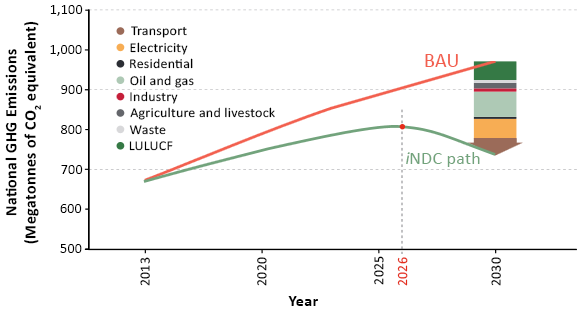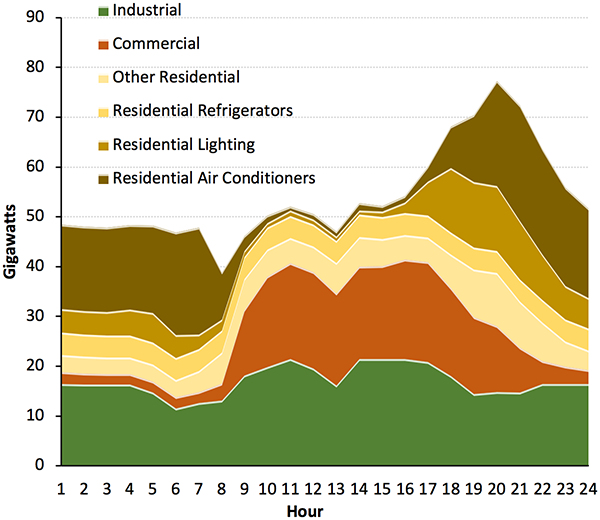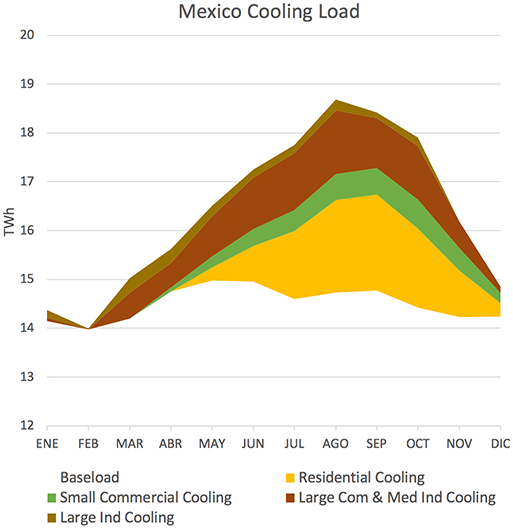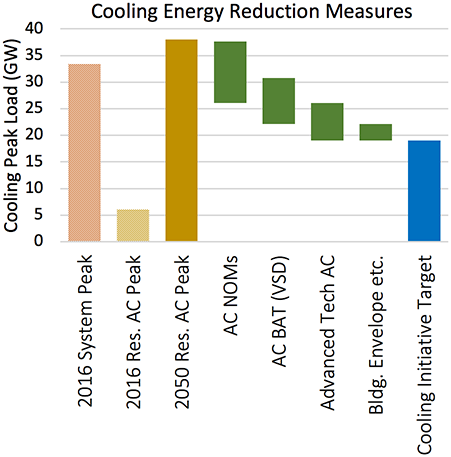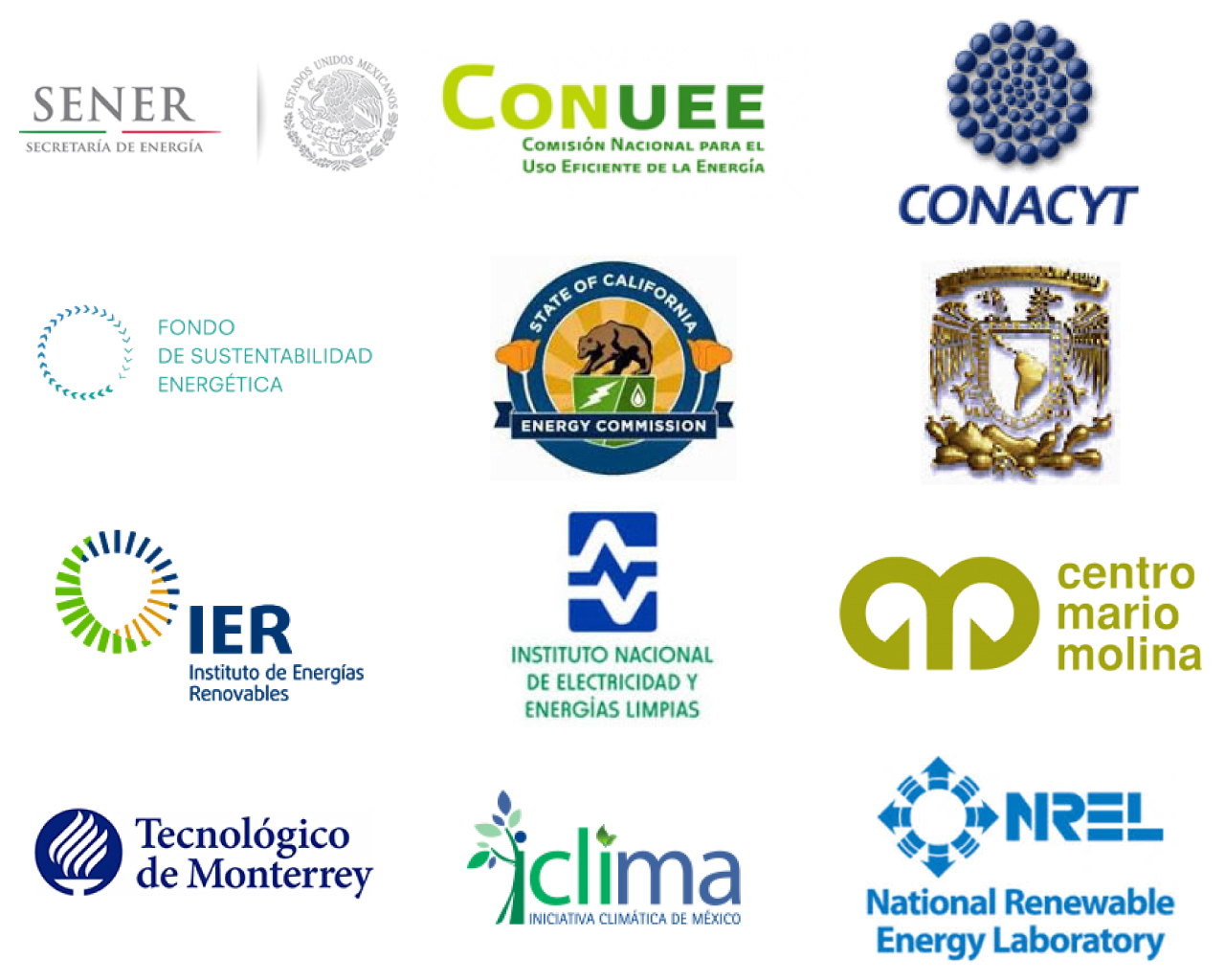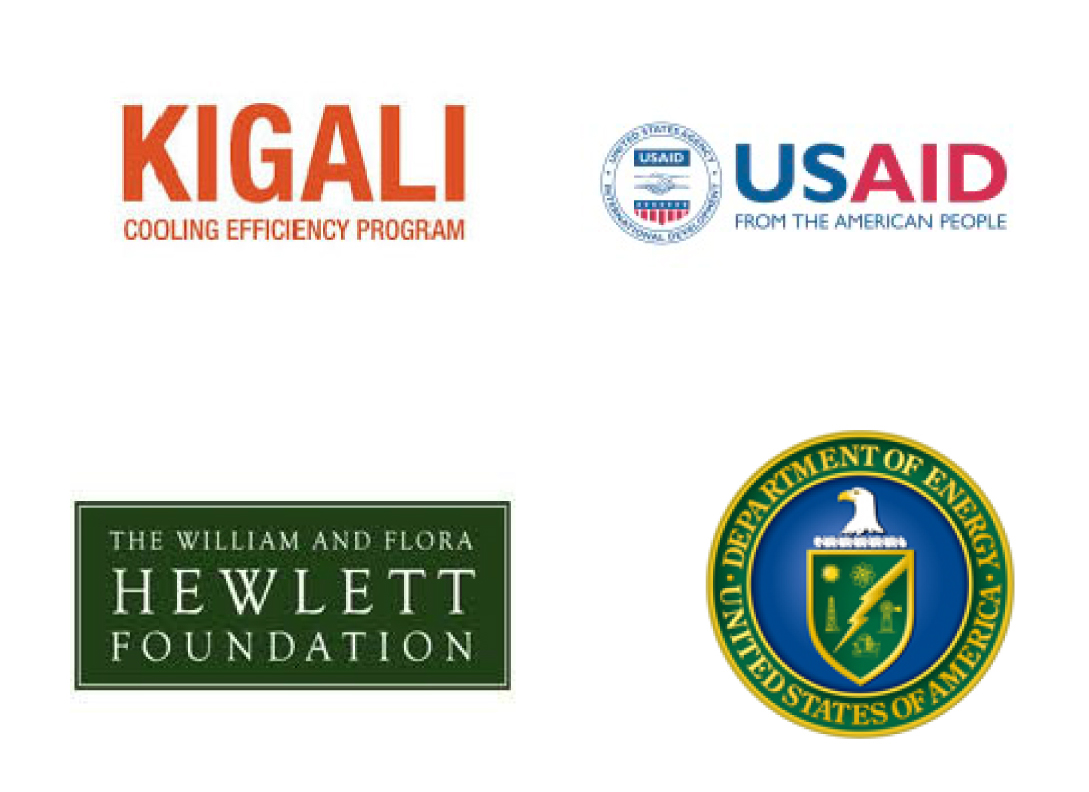Mexico Program
Mexico Energy Program
Berkeley Lab's Mexico Energy Initiative seeks to play an important role in supporting Mexico's transition to greater clean energy production, more efficient use of energy and aggressive carbon emissions reductions. Understanding energy use around the world is of critical importance to the United States, and working with Mexico enhances our strategic understanding of energy use worldwide.
Our Research
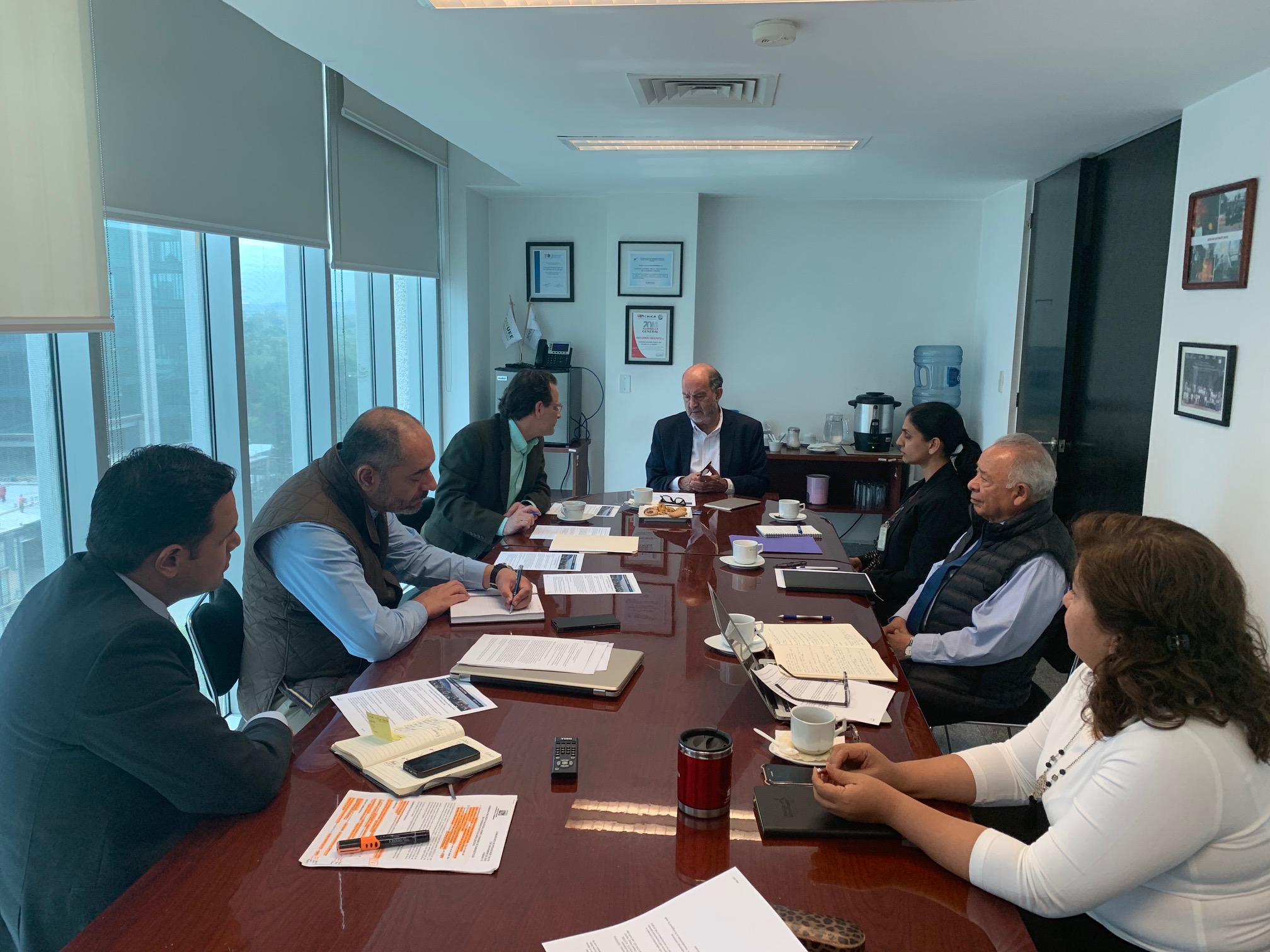
The Mexico Energy Initiative is building on more than two decades of collaboration with Mexico, and similar models of successful collaboration with China and India at Berkeley Lab, to help Mexico make lasting progress in the areas of policy development, scientific exchange, capacity building and implementation of energy efficiency programs. We supply the data to enable both the U.S. and Mexico understand the implications of energy decisions and energy impacts.
Already the second-largest Latin American economy, Mexico is the major regional leader in the area. Over the years, Berkeley Lab has forged a solid partnership with Mexico’s National Commission for the Efficient Use of Energy (CONUEE) to collaborate in the development of energy efficiency regulations and in the evaluation of related economic and environmental impacts. The Mexico Energy Initiative seeks to expand its engagement with key actors in the public, private and academic sectors and leverage California’s role as a national and global leader in clean technology investment and policy development to further energy efficiency uptake in Mexico.

Follow the Mexico program on Twitter @lbnl_mexico
